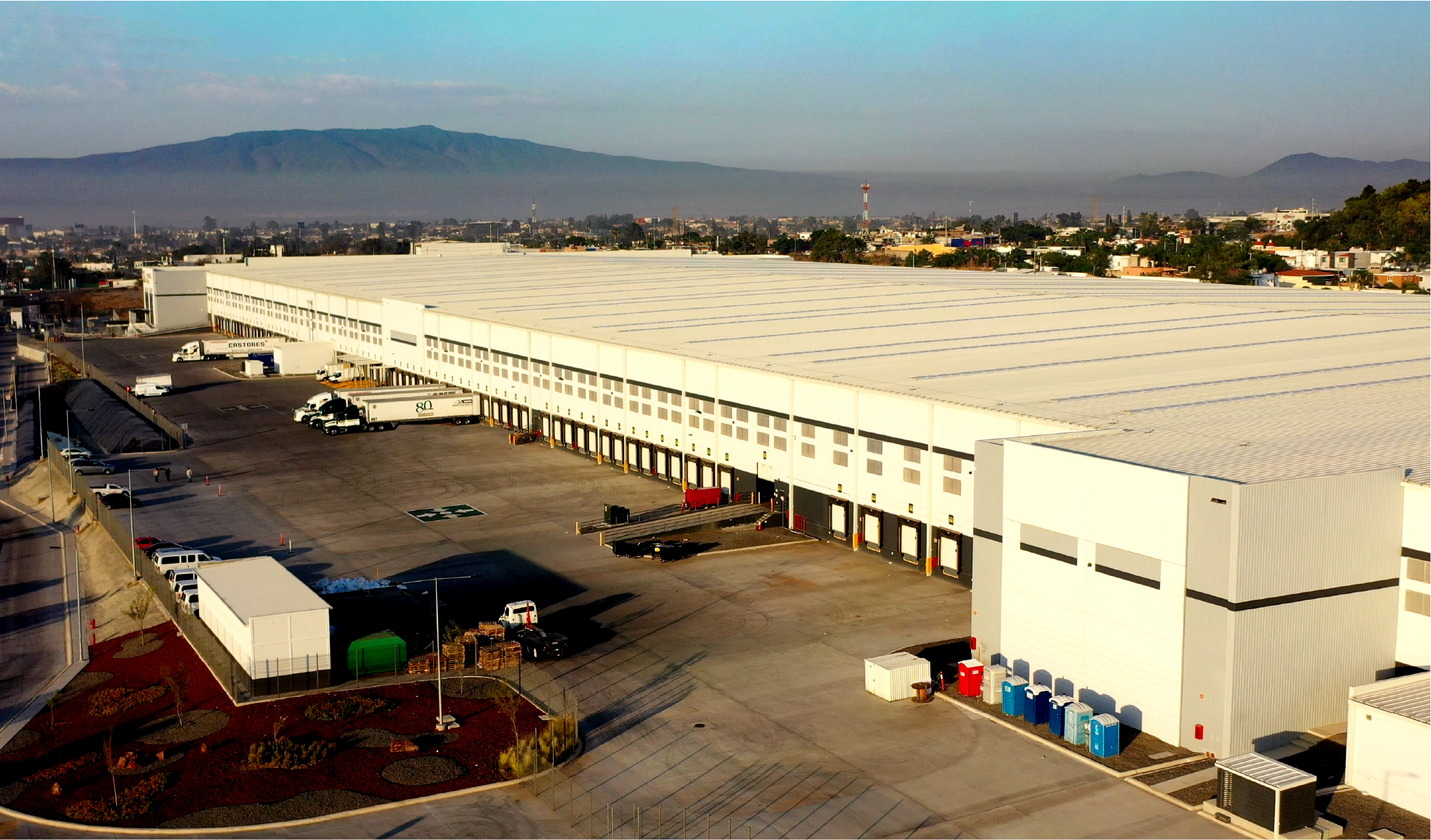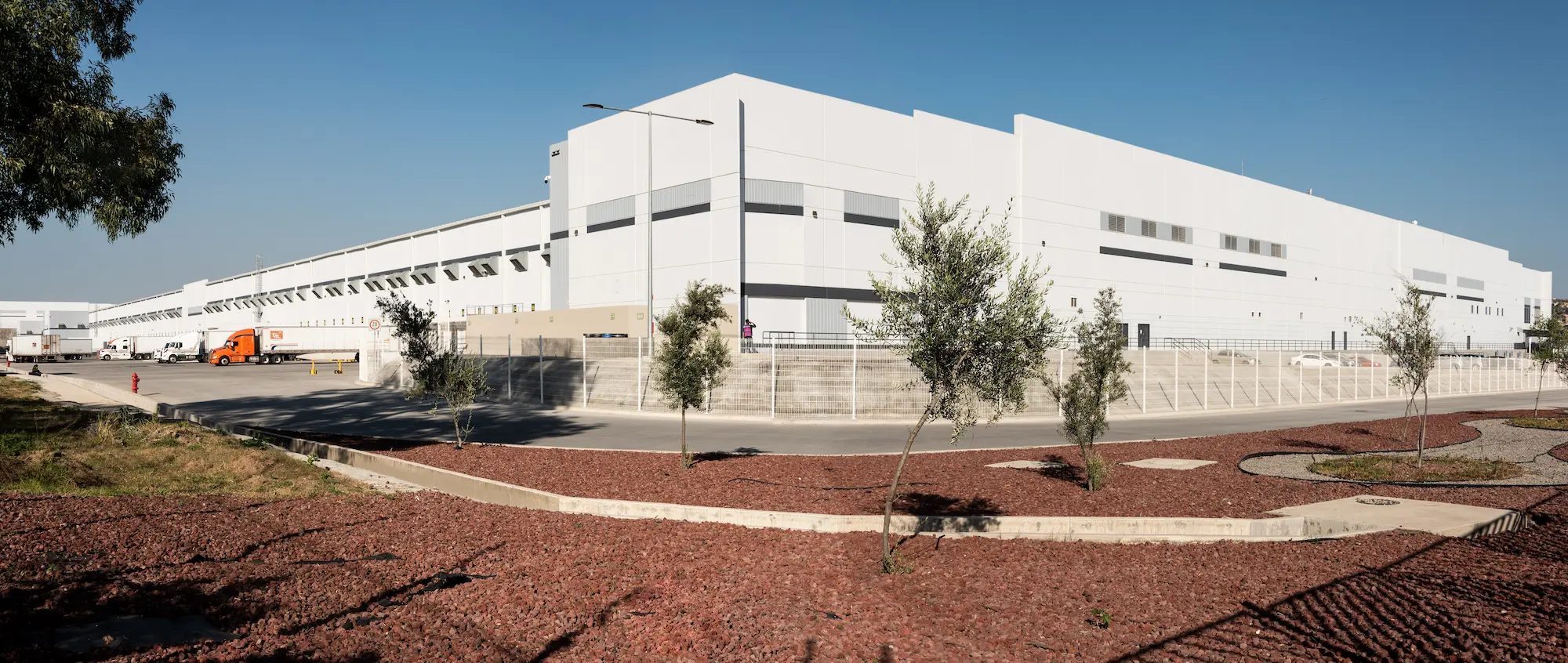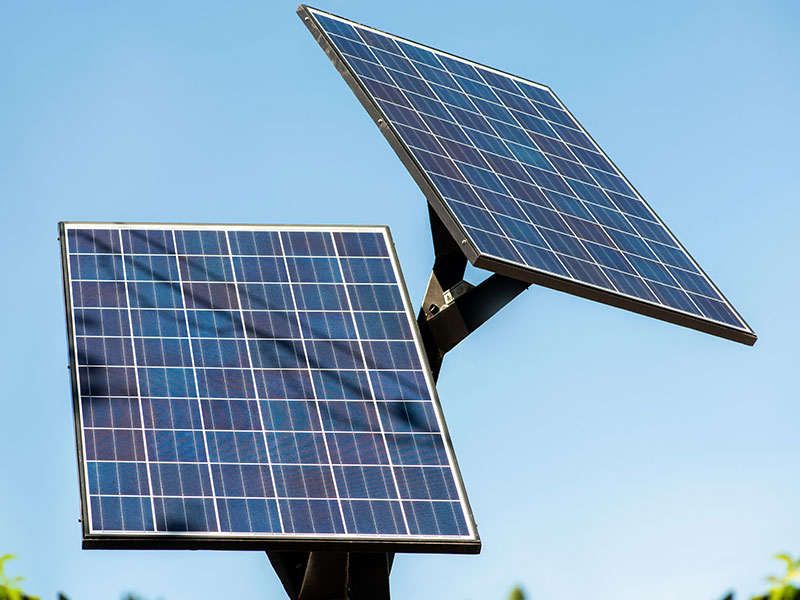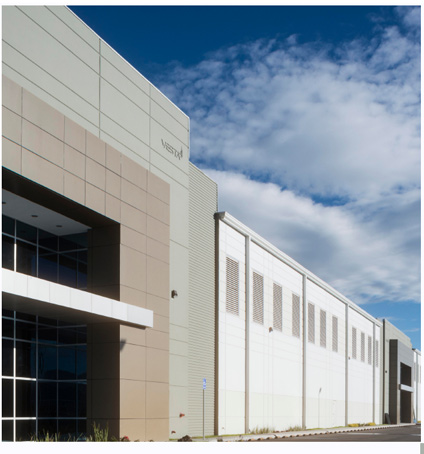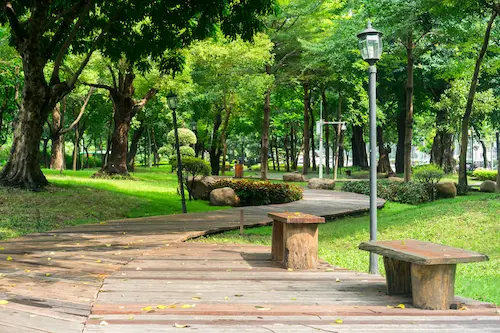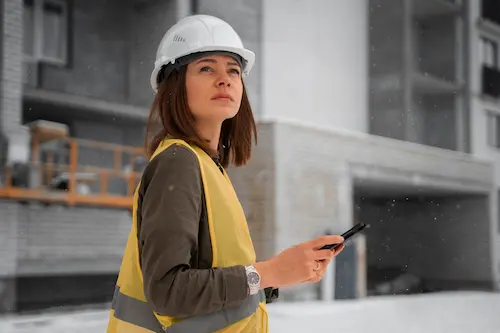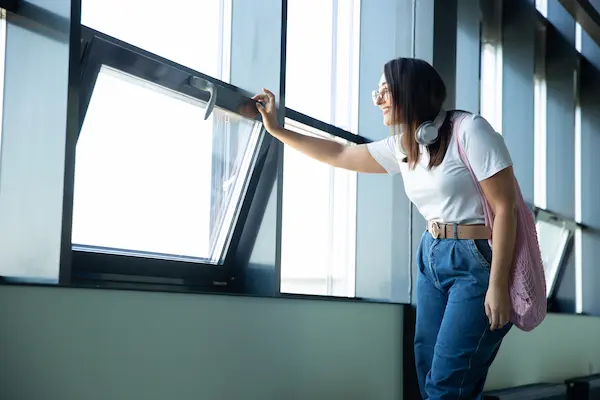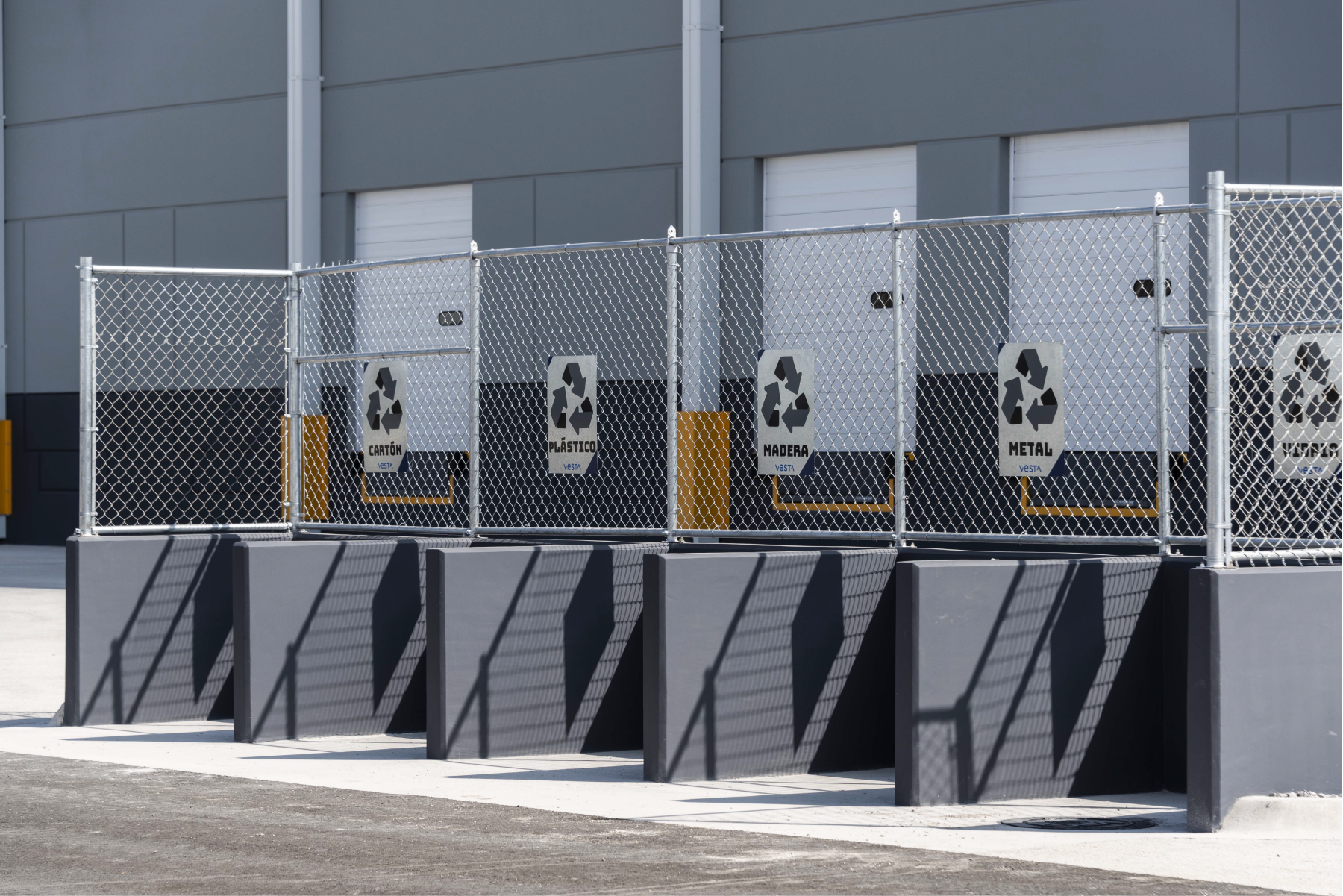
Environment
Vesta’s corporate culture promotes preservation and care for the environment, particularly at our industrial parks and properties. This includes habitat preservation and wildlife biodiversity, collaborating with our stakeholders.
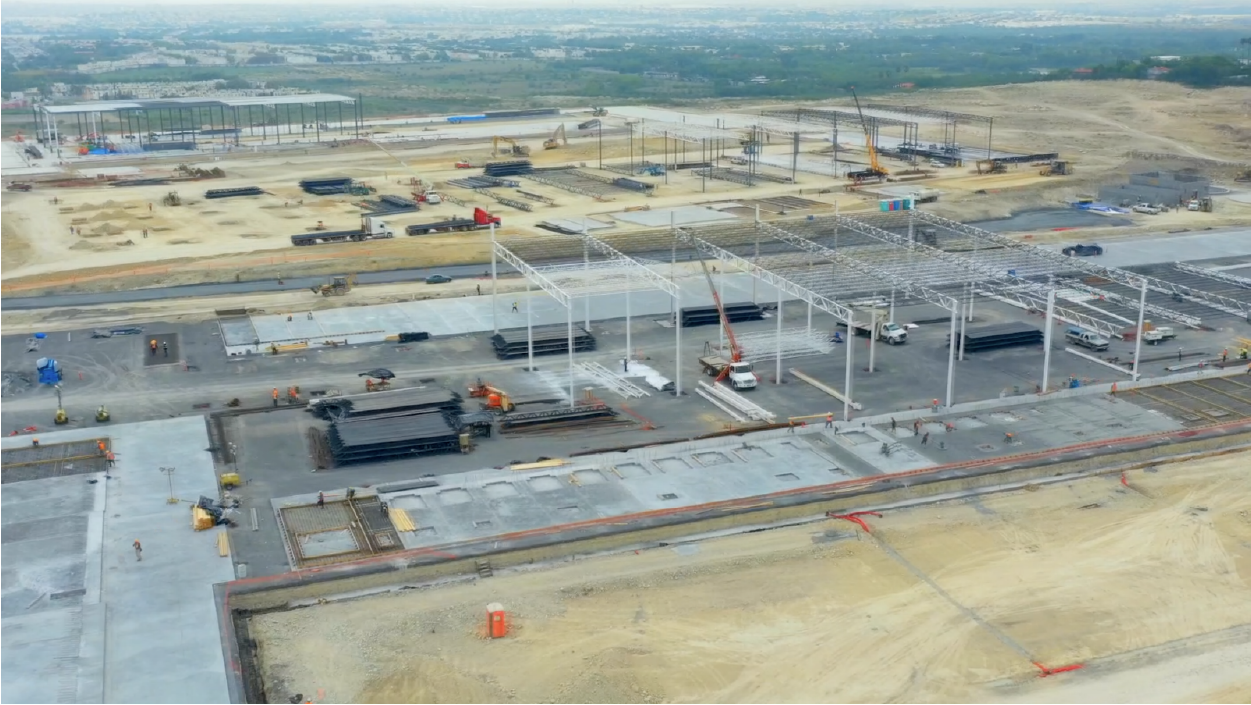
Our commitment is to:
- Reduce developments’ ecological impact by promoting bioclimatic-designed building construction
- Leverage innovative technologies to measure and reduce water and energy consumption
- Promote the reuse and/or recycling of waste and materials, classified waste disposal, and mitigate impact on developments’ landfill
- Participate in and implement climate change mitigation and adaptation initiatives
Our operations do not affect natural habitats or threatened species.
Vesta’s operations do not adversely impact natural habitats or threatened species.
Sustainable construction is based on Vesta Sustainable Construction Manual specifications which are aligned with international standards and global best practice and is carried out by our contractors.
Impacts are measured throughout the construction process; contractors are required to document any potential environmental, social and governance issues via a checklist.
Environmental impacts associated with construction, property-use, and also, future demolition are therefore anticipated and mitigated.
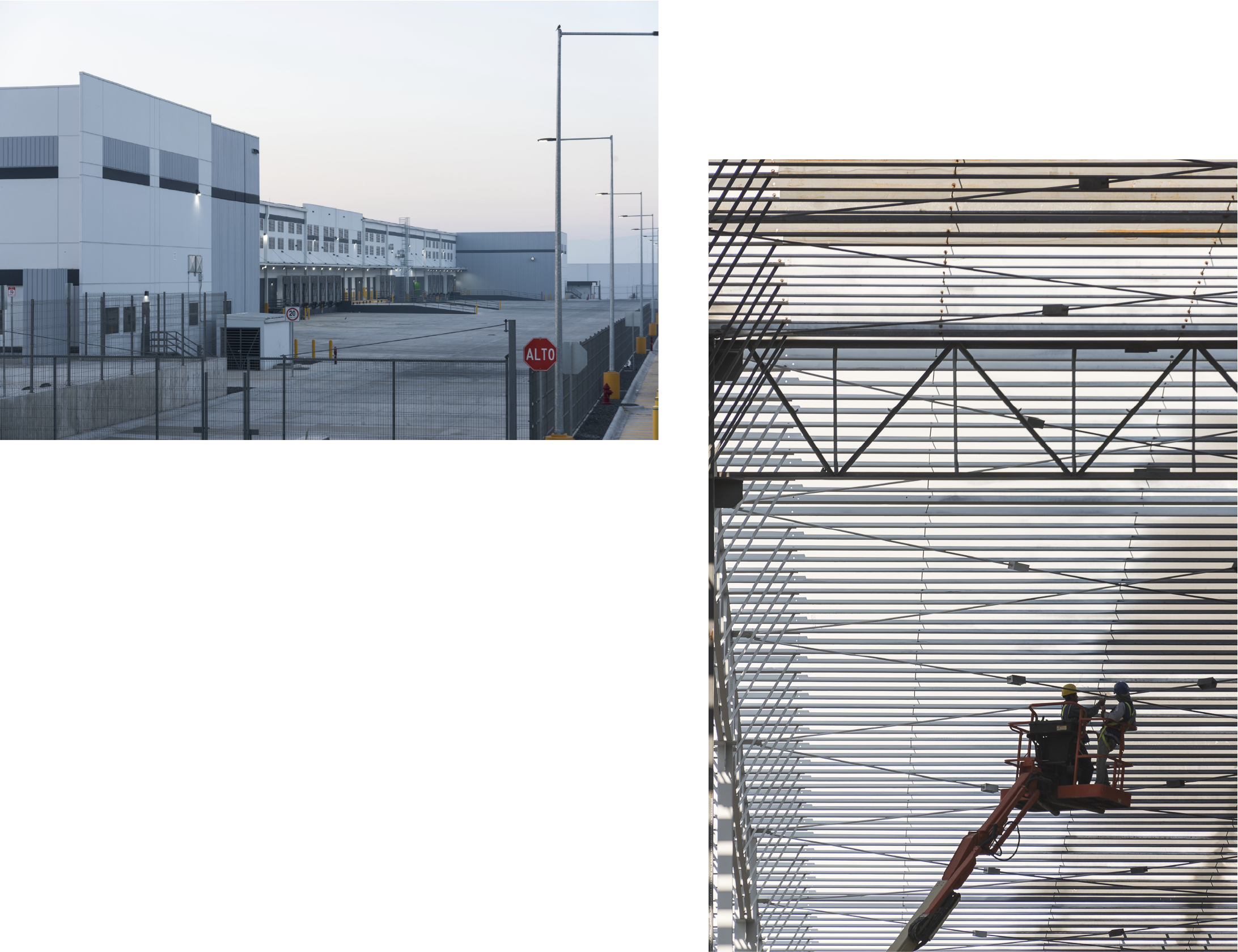
Examples of how Vesta’s potential environmental impact is mitigated:
Climate Change and Resilience
At Vesta, we recognize that climate change is a reality. Therefore, since 2019 we have carried out a maturity analysis of climate-related risks and opportunities in line with the recommendations of the Task Force on Climate-related Financial Disclosures (TCFD). Based on this analysis, we created a transition, physical, and social risk matrix for each area of the company to lay the foundation for our resilience and climate change strategy.
We also have created a physical risks matrix for each property (parks and offices) and the consequent Emergency Plans.
We demonstrate our commitment to the Paris Agreement through:
- Reducing our carbon footprint and promoting renewable energy in our portfolio.
- Establishing long-term objectives and processes to reduce our carbon footprint.
- Managing climate risks by identifying prevention, mitigation, and response actions, involving the most important areas of the company. Inventory of Emissions and Consumption (Link to download document)
Building and Operations Certifications
We contribute to the creation of energy- and water-efficient spaces through the implementation of LEED (Leadership in Energy and Environmental Design) Certifications in new constructions and operational certifications, including EDGE Certifications, Boma Best, and LEED O+M Certifications.
Additionally, 100% of our building inventory was constructed under internal "eco-efficient" guidelines.
